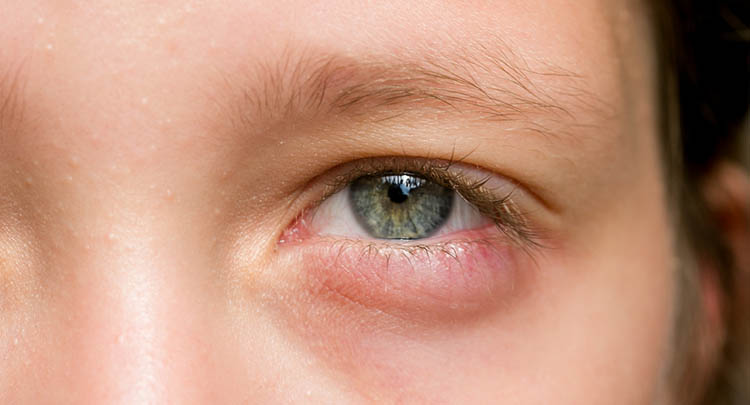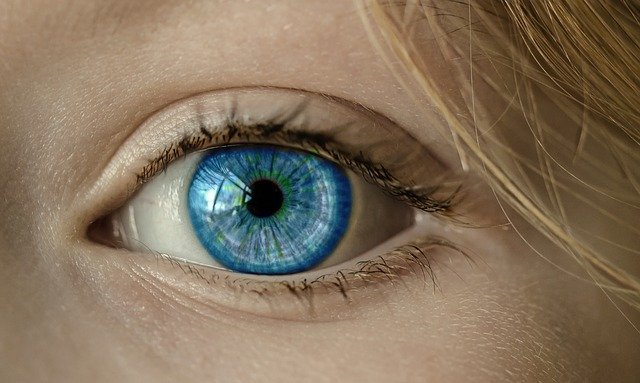We wanted to shed some light on a very common eye issue that we are sure you have heard of. Astigmatism is a widespread issue that can be easily fixed with a quick visit to your eye doctor. Since it affects so many people, we wanted to take a deeper dive into it.
What is it?
Astigmatism is a very common eye problem that can make your vision blurry or distorted. It is caused by either your cornea or your lens having a different shape than normal.
The most common symptoms are:
- Squinting to see clearly
- Headaches
- Eye strain
- Issues seeing at night
- Blurry vision
The odd shape of the cornea or the lens makes light bend differently as it enters your eye, this in turn causes a refractive error.
It is not possible to prevent astigmatism, some people are born with it and others develop it. It can develop in children, young adults or someone who has had an injury or surgery on their eye.
How to catch it?
A visit to your eye doctor of course! This is another fantastic reason to get regular eye exams for yourself and your children. If your eye doctor is seeing your eyes regularly enough it is easier to spot irregularities. In some cases, you may not have any symptoms at all, but your eye doctor can help you to ward off any symptoms in the future by catching it before you develop any and treating them.
What will help?
The most common treatment for astigmatism is eyeglasses or contacts that help correct the way your eye takes in light. Your eye doctor will be able to tell you what prescription is needed to help alleviate any symptoms.
In more rare cases, there is also a surgery that can be used if the astigmatism is too bad to be treated with glasses. This would be something your eye doctor will discuss with you if necessary.
Call us for your next appointment!
If this is something you are concerned about for yourself or for your child, please make sure to bring it up at your next appointment with us! We are always here to help take care of you and your family’s eye care needs. We want to be a part of your eye health journey.










